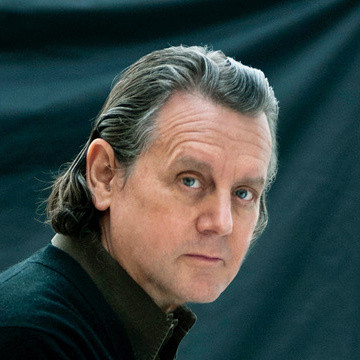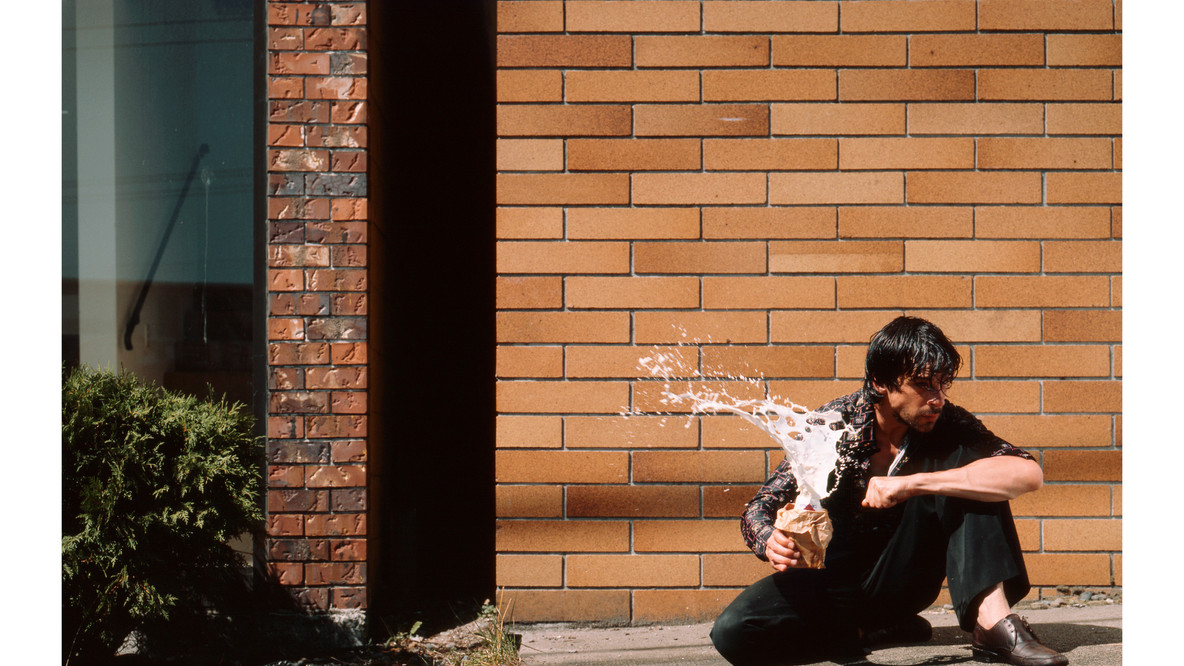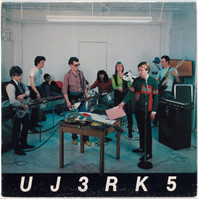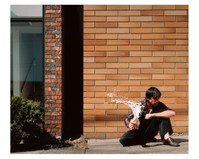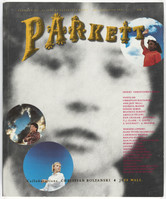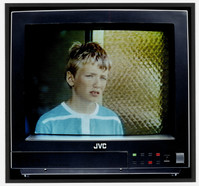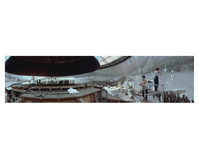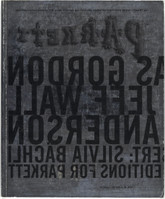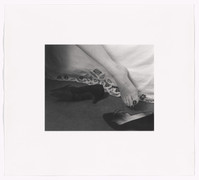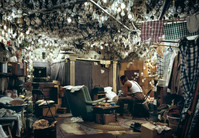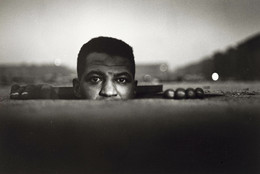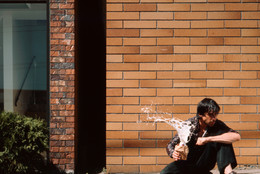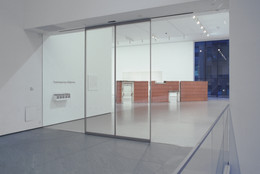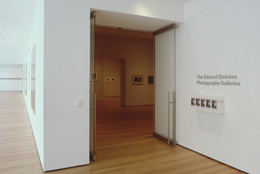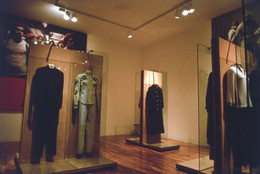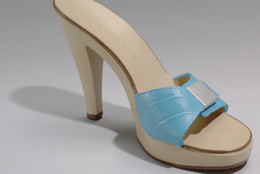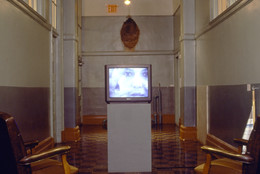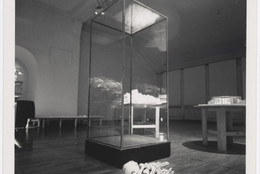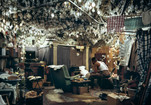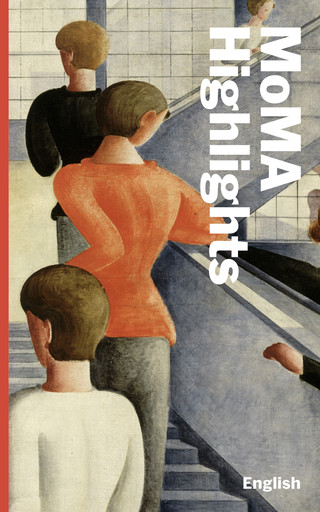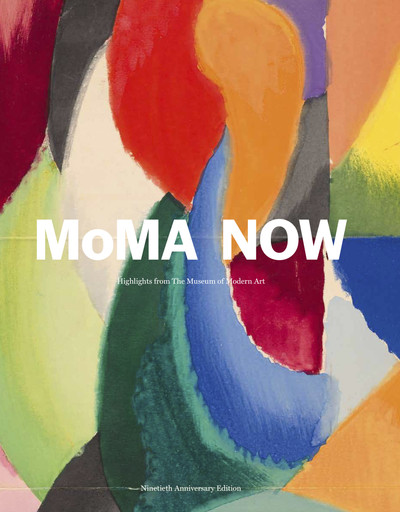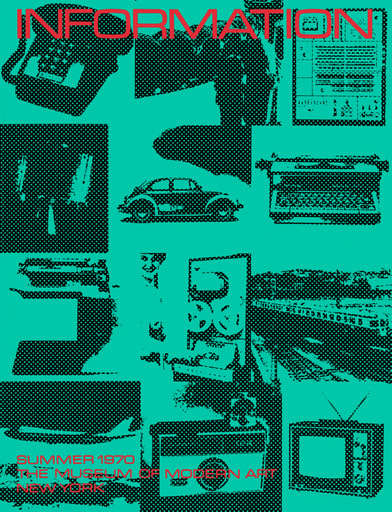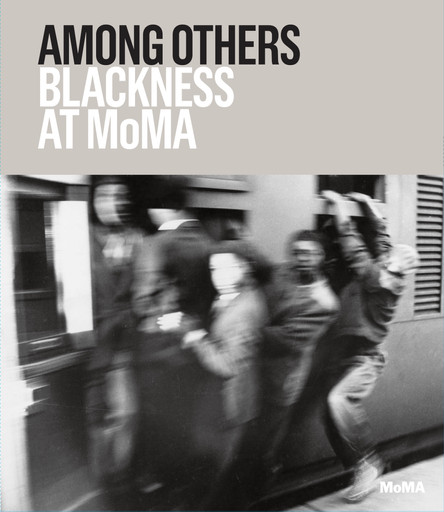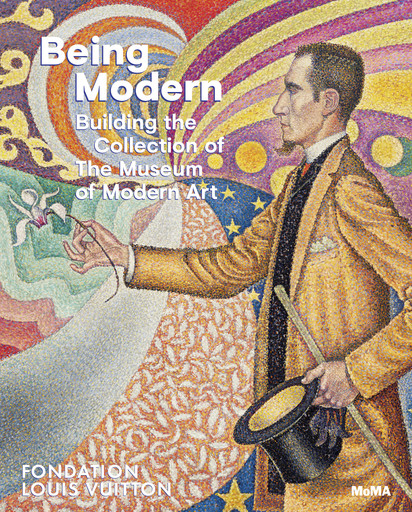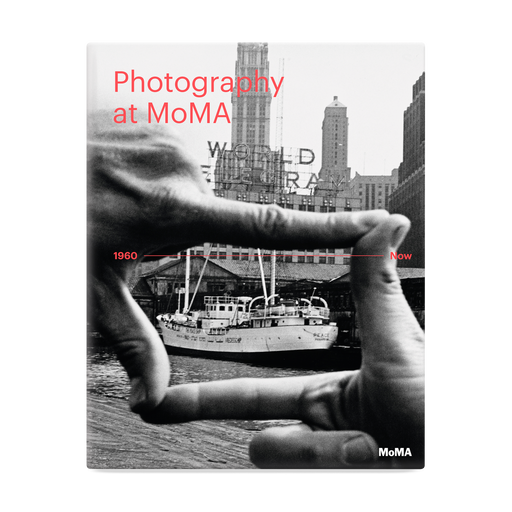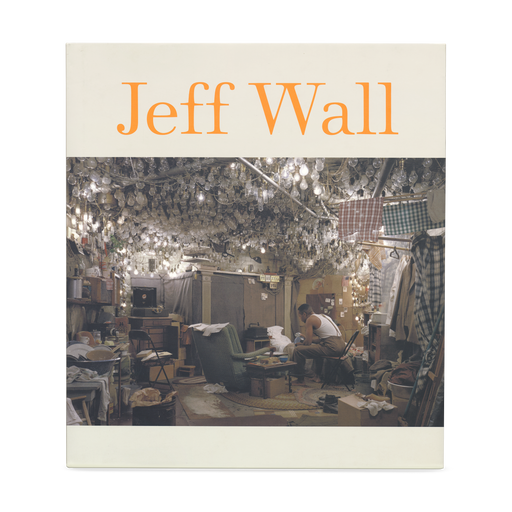“I like to think that my pictures are a specific opposite to painting.”
Jeff Wall
In the summer of 1977, Jeff Wall visited Madrid’s Museo del Prado for the first time and became enchanted with its collection of Old Master paintings. Later, his head still full of the magnificent compositions of Diego Velázquez and Titian, Wall saw an illuminated advertisement at a bus kiosk. This sudden contrast between art and commercial signage sparked the idea for what would become his artistic trademark: backlit, often large-scale, photographic transparencies that combine the richness of oil painting with the fluorescent display of advertising. This pairing synthesizes the two impulses that have animated Wall’s work, both as an artist and an art historian, “to recuperate the past—the great art of the museums—and at the same time to participate with a critical effect in the most up-to-date spectacularity.”
Born in Vancouver in 1946, Wall began drawing and painting at an early age. In the mid-1960s, he studied art history at the University of British Columbia while continuing to make art, inspired by the emerging Conceptual art movement and its anti-capitalist creed: to decouple art from aesthetic and market value. This culminated in Landscape Manual (1969–70), a black-and-white booklet composed of snapshots and texts documenting a car ride Wall took through Vancouver’s gritty suburbs. Despite this breakthrough work, Wall found himself dissatisfied with the Conceptual direction, and from 1971 to 1977 he took a break from artmaking.
In the meantime, he embarked on a doctorate in art history in London, where he read voraciously: philosophy, critical theory, and histories of painting, sculpture, and photography. He also immersed himself in European art cinema, particularly the narrative films of auteurs such as Robert Bresson, Ingmar Bergman, and Rainer Werner Fassbinder. Upon returning to Vancouver in 1973, Wall set out to make a film with collaborators Ian Wallace and Rodney Graham. Though the project was never completed, this foray into moving-image storytelling inspired his “cinematographic photograph”—a concept central to his later practice, in which each photograph is carefully staged and rehearsed like a scene from a film.
When Wall began making his large-scale backlit transparencies in the fall of 1977, he sought to distinguish his practice from the documentary and street photography that had largely dominated the medium up until that point. For Wall, each photograph was “an isolated statement” that demanded the same kind of durational attention as a painting or a film. The Destroyed Room, an elaborate photograph of a woman’s vandalized bedroom, takes its composition from Eugène Delacroix’s French Romantic painting The Death of Sardanapalus. Unlike Delacroix’s immersive scene of coordinated violence, Wall’s room shows the deserted aftermath of destruction; the exposed wooden supports gesture toward the scene’s own artificiality as a stage set, disrupting any experience of narrative. In 1978, Wall installed the work as a glowing storefront display, an attempt to expose the “inherent links between high art” and “the commercial spectacle.”
Wall’s later photographs shift from conceptual commentary to a kind of heightened materialism. In Milk, Wall restages a moment he witnessed in real life—a process he calls “near documentary.” A visibly tense man sits hunched on the pavement while milk spills spectacularly out of the container in his hand. In After “Invisible Man” by Ralph Ellison, the Prologue, Wall crafts an imagined scene from Ellison’s 1952 novel with a dizzying array of details—most conspicuously the dense curtain of lightbulbs that hang over the protagonist’s luminescent basement dwelling. Assembled with careful attention to historical and narrative accuracy, the quotidian objects in Wall’s picture offer an expansive view of the lived history of Ellison’s solitary protagonist, who sits with his back to us.
Rendering ordinary scenes with an intense, almost feverish clarity, these later works emphasize material textures and sensory details over abstract concepts. In so doing, they demonstrate the relentless evolution of Wall’s creative vision. Though his bus kiosk revelation in Madrid offers a seductively neat origin myth, Wall’s work has, and continues to be, full of surprising directions and transformations.
Note: The opening quote is from Els Barents, “Typology, Luminescence, Freedom: Selections from a Conversation with Jeff Wall,” in Jeff Wall: Selected Essays and Interview (New York, The Museum of Modern Art, 2007), 194.
Xueli Wang, Mellon-Marron Consortium Fellow, Department of Photography, 2021
